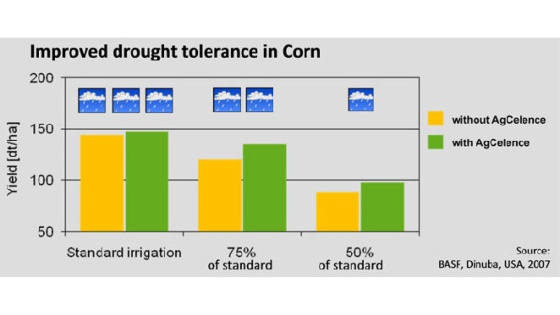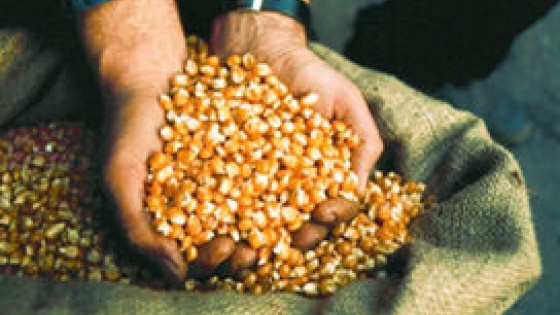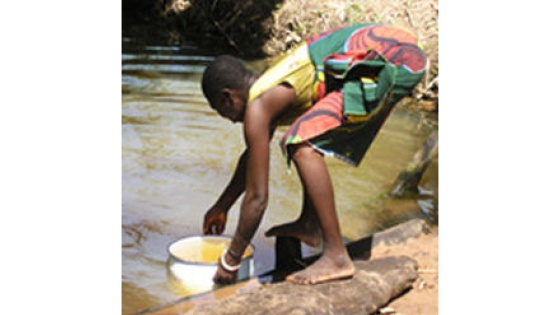Water: the source of life and a precious resource for agriculture
Water is essential for economic and social development. Although a large part of the earth’s surface area is covered by water, water is only an exploitable resource when it is suitable for consumption either by humans, industry or agriculture.
Most of the utilized freshwater goes toward agricultural purposes, like irrigation. In fact, agriculture accounts for 70 percent of all withdrawals, a figure that increases to 95 percent in developing countries.
These figures may seem high, but such amounts of water are actually needed to produce enough food for the world's fast-growing population. According to the north_east FAO , an additional 14 percent will be needed for agriculture if the world is to achieve the necessary 55 percent increase in food production by 2030. Over the next 50 years, water shortages in agriculture are predicted to be the single biggest constraint facing food production.
Irrigated farm land doubled over last 50 years
While the daily drinking water requirement per person is only two to four liters, the production of 1000 kilojoules of food requires on average 83 liter of water. For example, one apple takes 70 liters of water to be produced. However, calculating and assessing the water use for food production is difficult, as it depends on the source / origin of water and the local water availability. It is important to make the distinction between rain-fed agriculture - farming that depends on natural rainfall - and irrigated agriculture. Irrigating land changes the natural water cycle, through withdrawal of water from surface or groundwater and use for growing crops in intensive systems. Rain-fed agriculture in contrast relies on the natural climate conditions and has no direct impact on the water cycle; it is therefore more vulnerable to the impact of adverse weather and climate change and tends to be less productive.
Irrigation has made a huge contribution to providing a stable food supply for the world's population. Over the last 50 years, the earth's population has doubled, with the global food system responding remarkably to this increase in food demand. While total cropland increased by 12 percent only over this period, the irrigated area doubled, accounting for most of the net increase of food production.
Increasing water efficiency in agriculture necessary
Technology in agriculture can help save water - either directly through better irrigation systems or by planting crops that require less water, or indirectly via yield-increasing products and methods. Each year, 20 to 40 percent of worldwide crops are lost due to competing weeds, pests and plant diseases. Reducing these losses either through optimized crop protection or increasing the crop's drought tolerance through breeding or genetic modification would increase the yield per unit of water (water use efficiency). Other possibilities include making changes in dietary and cropping choices to focus on crops and foods that use less water and finally, also avoiding food waste, as this also represents a waste of water that was used to produce these goods in agriculture.
Good water quality needs to be maintained
Nevertheless, it is important to stress that we also need to safeguard water quality in agriculture, particularly when intensive production systems are predominantly used. Proper use of crop protection products, such as avoiding spilling incidents and a prudent use of fertilizers, play a key role in maintaining good chemical water quality. Another important is making water usable for people, for example by using filtration to remove bacteria from drinking water. Also mosquitoes and other insects that breed in water can threaten human health by spreading diseases like malaria or dengue fever. Water purification solutions can play an important role in ensuring that water bodies are a healthy drinking water resource without being a reservoir for water-borne diseases.
Our solutions
Water management at BASF's production site
The production site in Ludwigshafen has recently been awarded gold-level certification according to the European Water Stewardship (EWS) standard. This attests the exemplary handling of the important resource water at the site. The examination includes the four principles of water stewardship: sustainable water abstraction, ensuring good water status, protection of high conservation areas and equitable water governance. By the year 2020, BASF aims to establish sustainable water management at all sites in water stress areas by applying the EWS standard. More information on the EWS standard is available on the homepage of north_east European Water Partnership .
AgCelence®

Higher crop yields under drought conditions
AgCelence® products help farmers to achieve higher yields under drought conditions. Studies in corn and cereals have demonstrated a corresponding increase in water use efficiency and improved yield.
Drought-tollerant corn

BASF Plant Science is collaborating with Monsanto on drought tolerant corn. The collaboration’s first corn product, Genuity® DroughtGard™ Hybrids, is the first genetically modified corn to provide increased drought tolerance and improved production in regions where water can be scarce. This drought tolerant corn system is designed to enhance yield stability when water is limited, providing farmers in tough environmental conditions with an opportunity to improve yield and consistency.
Abate® larvicide

Insect control in drinking water for human health
BASF’s Abate® larvicide is used to treat stored or stagnant water, where mosquitoes and other insects typically breed. Abate® controls the larvae before they develop into mature insects and spread what is called vector-borne diseases, such as malaria and dengue fever malaria. The World Health Organization recommends that Temephos, the active ingredient in Abate®, should be added to drinking water.
Complion®

Forest protection system also for water-sensitive areas An alternative to pesticide spray treatments for wood, Complion® forest protection system is based on the use of insecticidal nets for wood. This innovative solution for wood protection is especially helpful as forests are often located in water-sensitive areas or nature reserves.